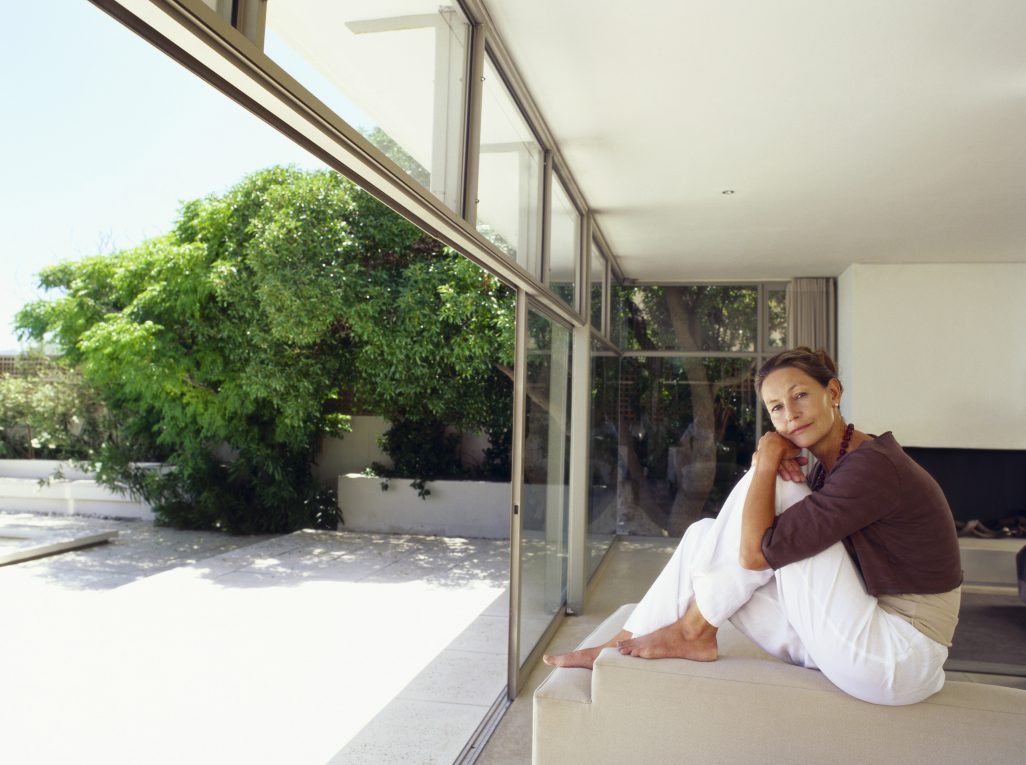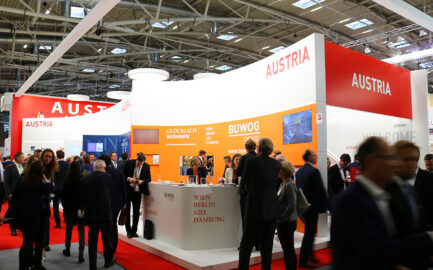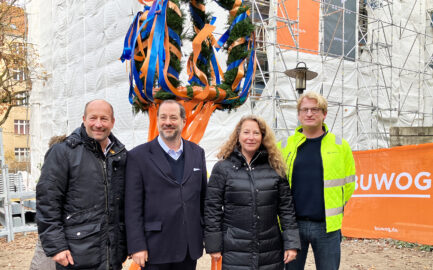Lately the weather has done nothing but kick up the wind, with the stormy days scarcely an invitation to spend time outdoors.
Healthy air is an essential factor for our well-being, our health and, consequently, for a high quality of life.
That’s why it is especially important to ensure good quality and healthy air within your own four walls.
This is what you should look for: Good and sufficient ventilation helps fight unpleasant odors the best.
This is what you should avoid: Be sparing with incense, fragrant oils and candles. They produce pollutants and fine dust if used in large amounts.
“Healthy indoor air”: what do we mean by this?
When we talk about “healthy indoor air” we mean when the air is as free as possible of contaminants – similar to potable water. “Healthy indoor air” is characterised by a comfortable temperature and not too much or too little humidity. The inflow of a sufficient amount of outdoor air to expel any contaminants is also important.
Adequate room ventilation verifiably improves the subjective assessment of air quality, reduces the number of health-related complaints and increases physical and mental capacity. A publication (in German) on the subject of healthy indoor air can also be found on the home page of the Austrian Federal Ministry of Agriculture, Forestry, Environment and Water Management (www.bmlfuw.gv.at/publikationen/umwelt/klimaschutz_luft/innenraumluft.html).
Proper window ventilation: Regular quick, intensive ventilation, that is to say, really opening the window and then shutting it again, rather than permanently tilting it.
“Healthy indoor air”: with technical systems?
In new buildings so-called comfort ventilation systems with heat recovery are often built in. Such systems also ensure a high quality of indoor air even with closed windows. In particular, they prevent damage arising from humidity and mold, which cannot be ensured that easily with window ventilation.
Well-adjusted comfort air ventilation systems also play an important role in boosting the energy efficiency of buildings.
I think that may also interest one or two builders for their own home. Detailed information on ventilation systems can be found under www.komfortlüftung.at in the section “Einfamilienhaus” (in German).
I would also like to pass on the following knowledge to you:
- With proper operation of the ventilation system, the right filtration and regular maintenance, there is generally no alarming increase in germs such as bacteria or mold on surfaces of the ventilating components in the air intake area.
- If geothermal heat exchangers are used, sole heat exchangers are preferable. The earth-to-air heat exchangers used sometimes are no longer recommended for hygienic reasons and therefore should no longer be used. The reason lies in the potential formation of microbial components in the area where the subterranean parts are located.
- Generally, it is recommended that all components of an air ventilation system are delivered to the building site protected from dust and also stored there in such a way. If there are interruptions during assembly and in the period after assembly (until commencement of operation), the system should be “sealed” so that it is dustproof.
… by the time of my next blog entry spring hopefully will be in the air already!










